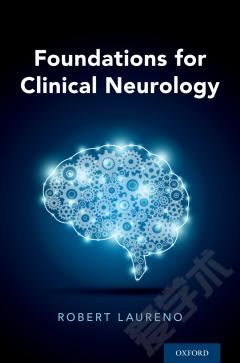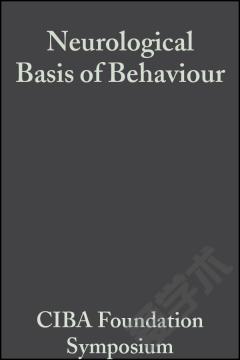Neuroscientific Foundations of Anesthesiology
I. INTRODUCTION II. BRAIN 1. Brain Anatomy of Relevance to the Anesthesiologist 2. Cellular and Molecular Effects of General Anesthetics in the Brain 3. The Shared Circuits of Sleep and Anesthesia 4. Thalamocortical System and Anesthetic-induced Unconsciousness 5. Anesthetic Modulation of Memory Processing in the Medial Temporal Lobe 6. Neuroimaging Changes Associated with Human Acute and Chronic Pain III. SPINAL CORD 7. Spinal Cord Targets of Relevance to the Anesthesiologist 8. Anesthetic-Induced Immobility 9. Mechanisms of Spinal Analgesia IV. PERIPHERAL NERVOUS SYSTEM 10. Peripheral Nervous System: Anatomy and Function 11. The Neurobiology of Incisional Pain 12. Sequelae of Nerve injury: Neuropathic Pain and Complex Regional Pain Syndrome V. AUTONOMIC NERVOUS SYSTEM 13. The Autonomic Nervous System 14. Anesthetic Pharmacology of the Autonomic Nervous System VI. NEUROMUSCULAR JUNCTION 15. Review of neuromuscular junction anatomy and function 16. Pharmacology of Neuromuscular Blockers 17. Anesthesia and Disorders of the Neuromuscular System VII. NEURAL TOXICITY INDUCED BY ANESTHETICS 18. Anesthesia-mediated neurotoxicity 19. Post-Operative Cognitive Disorders 20. Anesthesia and Neurodegenerative Disorders INDEX
{{comment.content}}








 京公网安备 11010802027623号
京公网安备 11010802027623号